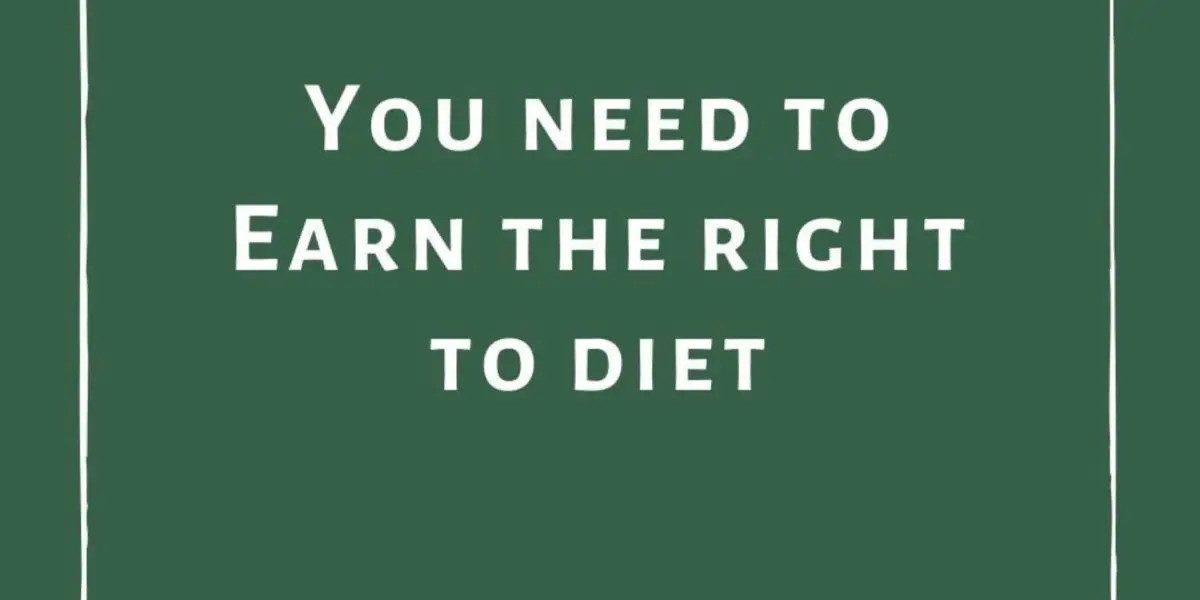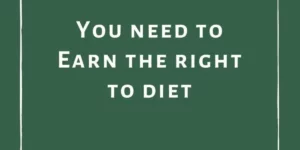In preface to this article – there’s a principle to dieting and weight loss that’s important for you to understand. When we eat a certain amount of calories on a consistent basis, you create a baseline or maintenance caloric intake for your body. Going over this maintenance consistently causes weight gain and going under consistently causes weight loss.
Naturally, because of this principle people think in order to lose weight they should “eat less, move more”. It’s just not that simple. Yes, we need to be in a caloric deficit to lose weight, but we can’t be there forever.
Your body is SO damn smart. It is designed to keep us alive and become more efficient to what we ask of it. In times of chronic low caloric intake, our metabolism slows to match the energy coming in. In this scenario, instead of our body utilizing food to optimize our daily needs food becomes stored out of necessity to keep you alive.⠀
The more you continue to cut calories, the more your body adapts, causing you to have to take more and more food away to achieve your weight loss goals. Eventually, this pattern will cause you to be in a position where you need to consume a dangerously low number of calories per day to lose weight. Can we live on 1,000 daily calories or less? Sure. Are we going to thrive on that? Absolutely not. When your calories get so low, you’re creating a stressful environment for your body which can cause a whole host of health issues.
This is where the concept of earning the right to diet comes from. You’ve got to make your body feel safe and happy and not in constant stress and overdrive. This means doing some work on the front end and periodizing your nutrition in a way that makes a caloric deficit safe and a lot less sucky. So what does this process look like?
- 1 – Determine your “maintenance calories”. Maintenance calories are the calories needed to maintain your current body weight. There are lots of online calculators that can help with a general caloric intake guideline for you, keep in mind that it’s different for everyone. My favorite is https://tdeecalculator.net.
- 2 – Slowly begin to increase your food intake in order to find your maintenance calories (a processed called reverse dieting).
- 3 – Find consistency! Stay at your maintenance caloric intake for 3 months.
- 4 – Take some calories away from your diet (anywhere from 2-15%) in a purposeful fashion. Dieting shouldn’t happen for longer than 12-15 weeks.
- 5 – Slowly work your way back up to maintenance calories and stay there for a few months or years.
And repeat as often as you would like. Keep in mind dieting should usually only happen once or twice a year.
Dieting to lose weight doesn’t have to mean constant food restriction, chronic fatigue, insane cravings, skipping social outings and family events. When this process is honored and done correctly, you could be “dieting” at a high calorie number and actually lose weight in the process!
Earning the right to diet usually ends up being more of a psychological challenge than anything else as it’s an unpopular notion that eating more could help you lose weight. No, it’s not always quick. It takes lots of patience, understanding, and consistency. It can sometimes take months or years to get to the point of being ready to diet depending a person’s dieting history, but it pays the biggest dividends in losing weight and actually keeping weight off long-term.
Recreate that trust with your body and eat to thrive, not just to lose weight.





